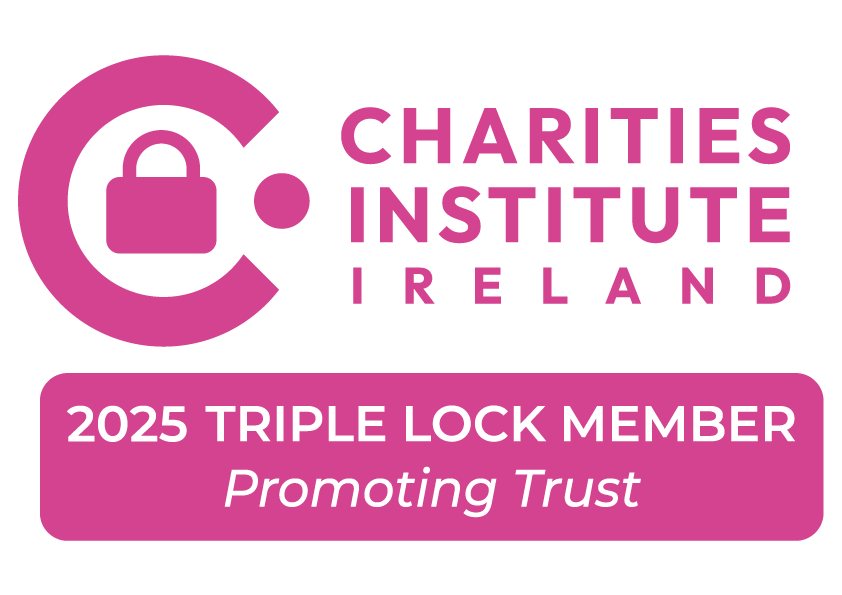How to Treat Brain Cancer
The brain is a soft, spongy mass of tissue. It is protected by the bones of the skull and three thin membranes called meninges. Watery fluid called cerebrospinal fluid cushions the brain. This fluid flows through spaces between the meninges and through spaces within the brain called ventricles.
Drugs that shrink tumors in other parts of the body often fail when we apply them to brain cancer, in part because so little of the drug permeates the blood-brain barrier and in part because the drugs indiscriminately attack healthy and cancerous cells, so we're limited to lower doses,"" said Sampson, a neurosurgeon at the Duke Brain Tumor Center. ""Directly infusing drugs into the tumor cavity allows us to blanket the area with much higher concentrations of the drug - without causing toxicity -- than we would be able to with intravenous chemotherapy.""
Brain tumors that result from this transformation and abnormal growth of brain cells are called primary brain tumors because they originate in the brain.
The purposes of surgery are to confirm that the abnormality seen on the brain scan is indeed a tumor and to remove the tumor. If the tumor cannot be removed, the surgeon will take a sample of the tumor to identify its type. In some cases, mostly in benign tumors, symptoms can be completely cured by surgical removal of the tumor. Your neurosurgeon will attempt to remove the tumor when possible.
Gliadel wafers are implanted into the cavity left in the brain after surgical removal of the brain tumor. The wafers deliver the active drug carmustine directly to the affected area of the brain. Depending on the size of the cavity, 7 to 8 wafers are implanted. Each wafer is 1.45 cm in diameter, 1mm thick and contains 7.7 milligrams of carmustine -- resulting in a 61.6 mg dose when eight wafers are implanted.
Neurologists and other brain tumor treatment team member’s work together to determine the treatment approach that best meets the each individual's needs. Because new treatments continually develop, several options may be available for patients at different points in their treatment. The pros and cons of each option are discussed in detail during treatment planning. The treatment plan may include surgery, radiation therapy, and chemotherapy.
Doctors must balance removing as much of the tumor as possible without harming healthy brain tissue. In many cases, the patient is brought back to consciousness while vital areas, such as those controlling speech, are worked on, according to medical experts.
Malignant brain cancer is one of the most lethal types of cancer in adults and is the second leading cause of cancer death in children. Many current ways of treating the disease fail to provide long-term management because they ineffectively target tumor cells and harm the health and vitality of normal brain cells.
The three major types of conventional brain cancer treatment are surgery, radiation therapy and chemotherapy. In brain cancer treatment surgery if the neurosurgeon cannot remove the tumor, they will still take a biopsy and examine it to decide on other brain cancer treatment options. Moreover, patients who undergo brain cancer treatment at Cancer Treatment Centers of America work closely with a team of our cancer experts to determine the appropriate brain cancer treatment plan.
Article Author: Peter Hutch
Article Source: Depositarticles.com
- Log in or Register to reply
